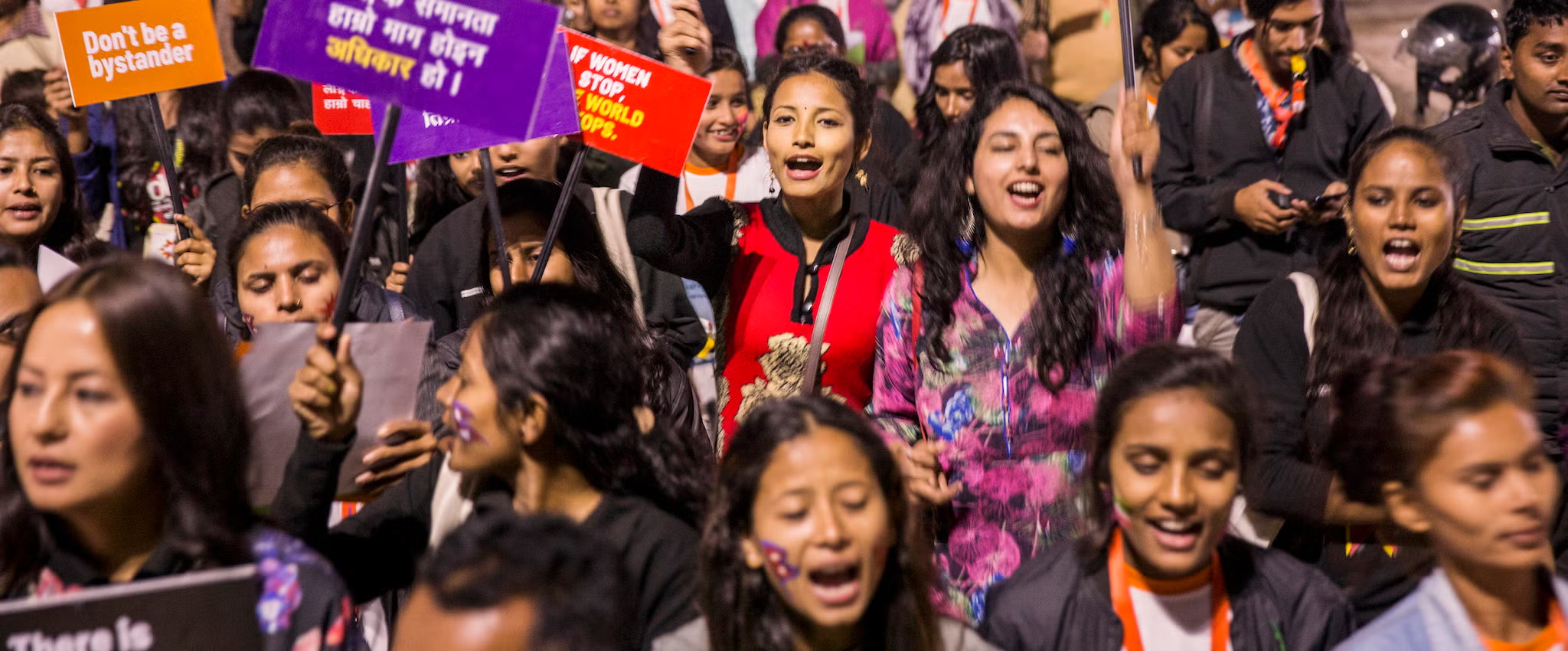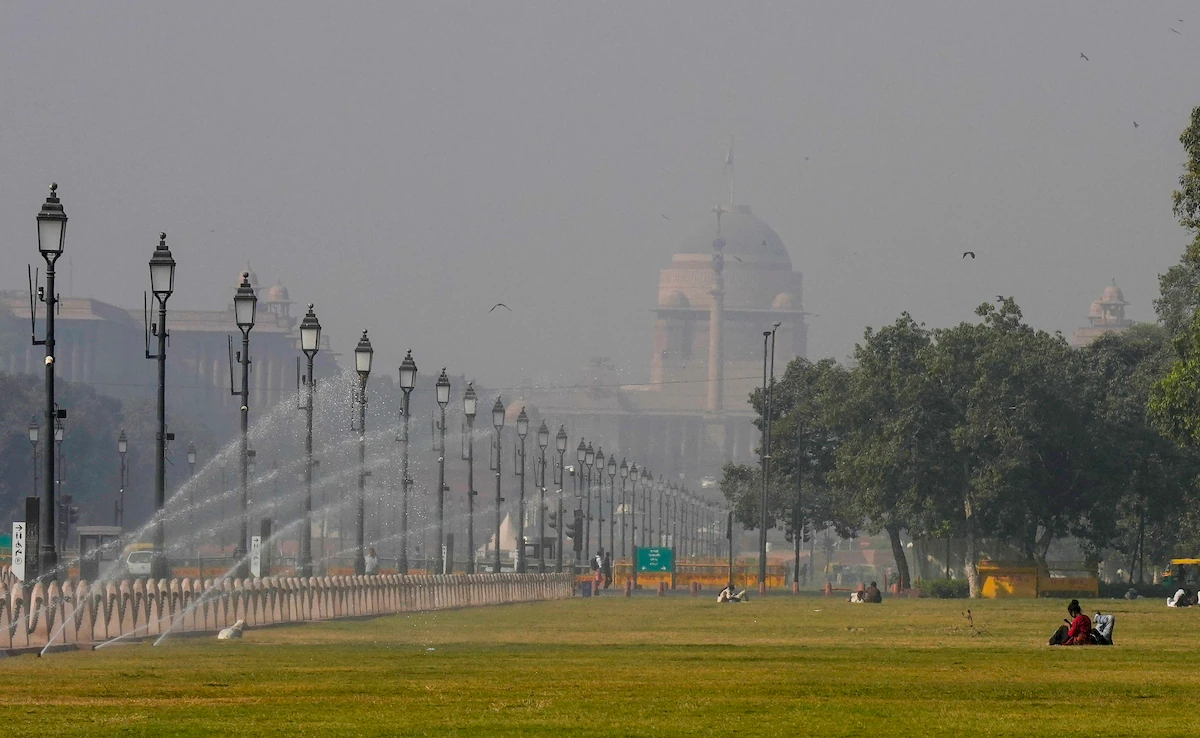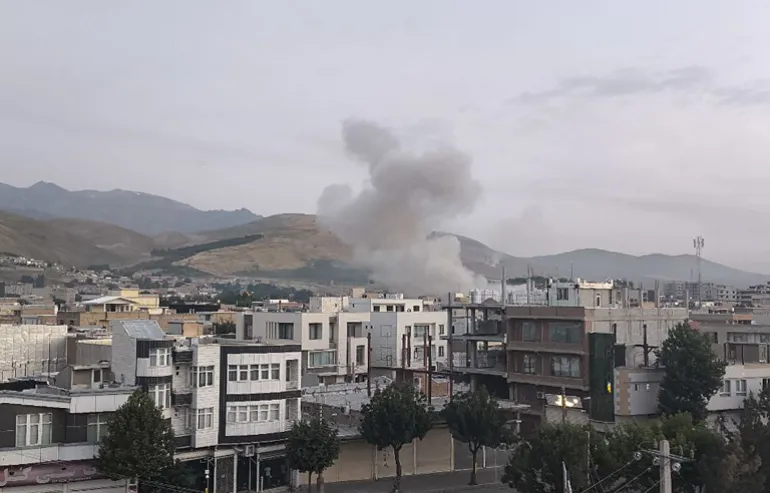- Courses
- GS Full Course 1 Year
- GS Full Course 2 Year
- GS Full Course 3 Year
- GS Full Course Till Selection
- Answer Alpha: Mains 2025 Mentorship
- MEP (Mains Enrichment Programme) Data, Facts
- Essay Target – 150+ Marks
- Online Program
- GS Recorded Course
- NCERT- First Ladder
- Polity
- Geography
- Economy
- Ancient, Medieval and Art & Culture AMAC
- Modern India, Post Independence & World History
- Environment
- Governance
- Science & Technology
- International Relations and Internal Security
- Disaster Management
- Ethics
- Current Affairs
- Indian Society and Social Issue
- CSAT
- 5 LAYERED ARJUNA Mentorship
- Public Administration Optional
- ABOUT US
- OUR TOPPERS
- TEST SERIES
- FREE STUDY MATERIAL
- VIDEOS
- CONTACT US
Girl Goals: What Has Changed for Girls? -UNICEF Report
Girl Goals: What Has Changed for Girls? -UNICEF Report

Introduction
- Adolescent girls play a critical role in global development, yet they continue to face barriers in education, healthcare, economic participation, and legal protection.
- The 2025 Girl Goals Report, jointly published by UNICEF, UN Women, and Plan International, assesses progress over 30 years since the 1995 Beijing Platform for Action.
- While key improvements have been made—such as higher school enrollment, stronger legal protections, and better healthcare access—persistent challenges remain.
- As the 2030 Sustainable Development Goal (SDG) deadline nears, urgent action is needed to eliminate gender disparities and empower adolescent girls worldwide.
About the Report
The report, Girl Goals: What Has Changed for Girls? Adolescent Girls’ Rights Over 30 Years, provides a global assessment of adolescent girls’ well-being. It examines key areas—legal rights, education, economic security, health, WASH (Water, Sanitation, and Hygiene), and protection from violence —to highlight both progress and persisting challenges.
- Released by: UNICEF, UN Women, and Plan International
- Focus Age Group: Adolescent girls aged 10–19
- Global Demographics: As of 2023, there are 641 million adolescent girls, constituting 16% of the world’s population
- Objective: To compare past achievements with efforts needed to meet SDG targets by 2030
Key Highlights:
1. Legal and Policy Environment
Progress in Legal Frameworks
- Over 70% of countries now have legal provisions promoting gender equality, covering areas such as violence prevention, economic rights, and marriage laws.
- 149 countries now grant equal inheritance rights to daughters, up from 138 in 1995.
- Legal protections against child marriage, domestic violence, and workplace discrimination have been expanded in some regions.
Legal Gaps and Challenges
- Child Marriage: Despite progress, 72% of countries still permit marriage before 18 through legal exceptions.
- Rape Laws: Over 54% of countries still fail to define rape as the absence of free consent.
- Employment Barriers: 51% of countries have legal restrictions preventing women from holding certain jobs.
Legal reforms alone are not enough. Countries must strengthen enforcement mechanisms and eliminate loopholes to ensure girls are fully protected under the law
2. Education – Expanding Access and Persistent Gaps
Enrolment and Completion
- Out-of-school girls globally decreased from ~200 million (2000) to ~122 million (2023), marking a 39% decline.
- Girls now outpace boys in primary and lower secondary education worldwide.
- Upper secondary completion improved, rising from 36% (2000) to 61% (2023). However, 4 in 10 girls still do not complete school.
STEM and Digital Skills
- Digital Exclusion: 90% of girls in low-income countries remain offline, severely limiting access to digital education.
- STEM Skills: Fewer than 2% of young women globally possess advanced digital skills such as coding and AI literacy.
Regional Disparities
- Sub-Saharan Africa remains the only region where girls are less likely than boys to complete all levels of education.
- South Asia and the Middle East have shown significant improvement, though gender gaps persist.
Barriers to Higher Education
- Menstrual health issues, early marriage, and caregiving responsibilities lead to higher dropout rates.
- Rural areas face teacher shortages, making it difficult for girls to complete secondary education.
Innovative programs are helping to close the STEM gap. In Cambodia, the Skills4Girls Initiative provides STEM training to adolescent girls, significantly increasing female participation in tech fields.
3. Economic Security and NEET Challenges
Poverty and Economic Exclusion
- 48% of adolescent girls (10–17) in 42 countries experience multidimensional poverty (lack of access to education, healthcare, WASH, and housing).
- Girls with uneducated mothers are 8 times more likely to live in poverty.
NEET Rates (Not in Education, Employment, or Training)
- Girls aged 15–24 are twice as likely as boys to be NEET.
- Barriers: Unpaid care work, social norms restricting employment, and lack of skill training.
Cash transfers combined with mentorship programs have proven effective. In Uganda, the Girls Empowering Girls Program provides financial aid alongside mentorship and training, successfully keeping girls in school and delaying early marriages.
4. Health and Nutrition – Gains and Challenges
Adolescent Health Risks
- Teenage pregnancy complications remain a leading cause of death for girls aged 15–19.
- Adolescent birth rates have declined from 73 births per 1,000 girls (1995) to ~38 per 1,000 (2025).
- HPV vaccine coverage has increased to 20% globally, yet major gaps persist in low-income regions.
Nutritional Challenges
- Anemia affects over one-third of adolescent girls, caused by poor diets and early pregnancies.
- Underweight prevalence declined by only 2%, while urban obesity rates have increased.
School-based nutrition programs are making a difference. In India, Integrated Nutrition Programs promoting iron supplementation and school meals have helped reduce anemia rates among adolescent girls.
5. Protection from Violence and Harmful Practices
Child Marriage and Female Genital Mutilation (FGM)
- Child marriage rates fell from 25% (1995) to 19% (2023), though progress varies across regions.
- FGM prevalence in high-risk countries declined from 47% (1993–98) to 34% (2023).
Gender-Based Violence
- 650 million women and girls globally report experiencing childhood sexual violence.
- Attitudinal challenges remain: Many adolescent girls in conservative societies still justify domestic violence.
Community-based advocacy is key. In Kenya and Ethiopia, legal reforms and grassroots education campaigns have successfully reduced FGM rates, proving that local engagement is critical to ending harmful practices.
6.WASH, Menstrual Health, and Hygiene
Menstrual Hygiene and Water Access
- Time Burden: Girls spend hours fetching water, limiting school attendance.
- Menstrual Hygiene: 18% of girls (15–19) in low-income countries miss school due to inadequate menstrual hygiene facilities.
- Limited sanitation facilities and stigma around menstruation cause absenteeism and dropouts.
Menstrual health programs increase school attendance. Countries implementing Menstrual Hygiene Management (MHM) programs, which provide free sanitary products and hygiene facilities, have reported significant reductions in absenteeism.
Key Recommendations
1. Strengthen Girls' Leadership and Participation
- Increase youth representation in policymaking.
- Promote community-led interventions for gender equality.
2. Close the Digital and STEM Divide
- Expand affordable internet access and digital skills training.
- Address online safety risks and cyber-harassment.
3. Strengthen Legal Protections
- Enforce bans on child marriage, gender violence, and discriminatory laws.
- Ensure equal pay and workplace rights for women.
4. Improve Health & WASH Access
- Scale up adolescent-friendly health services, including contraceptive access.
- Expand sanitation programs to improve menstrual hygiene and school attendance.
5. Enhance Economic Security
- Introduce cash-transfer programs linked to education and employment.
- Encourage female entrepreneurship and vocational training.
Conclusion
- Despite 30 years of progress, adolescent girls still face barriers in education, economic participation, and safety.
- As the 2030 SDG deadline approaches, urgent policy action is required to eliminate gender disparities.
- Investing in girls’ education, leadership, and economic empowerment is not just about equality—it is essential for global development.
- A world that prioritizes adolescent girls is a world that thrives for all.
|
Also Read |
|
| FREE NIOS Books | |




